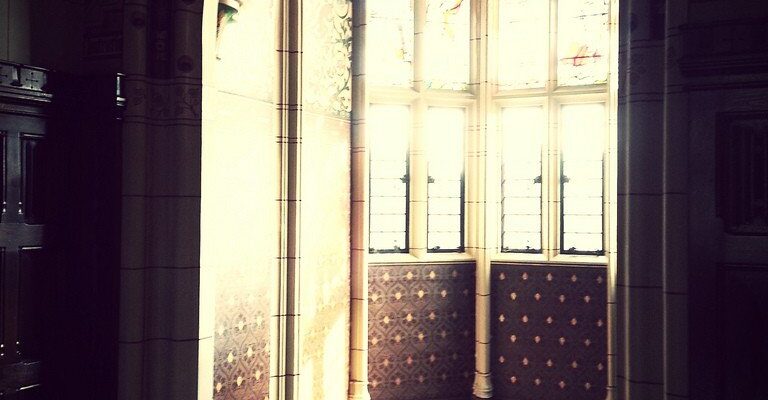Cardiff Castle
Cardiff Castle is a beautifully preserved medieval fortress located in the southwest of the UK. The picturesque castle was built in the early 11th century on the ruins of an ancient Roman fort. It is the oldest building in Wales and one of its main architectural landmarks.
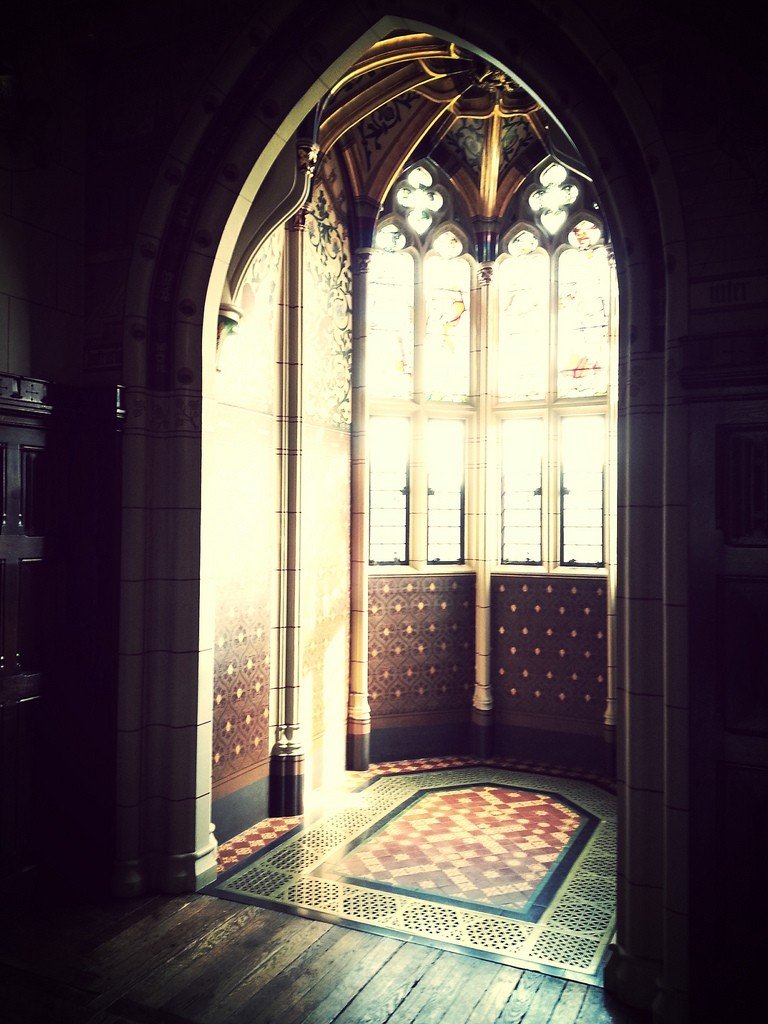
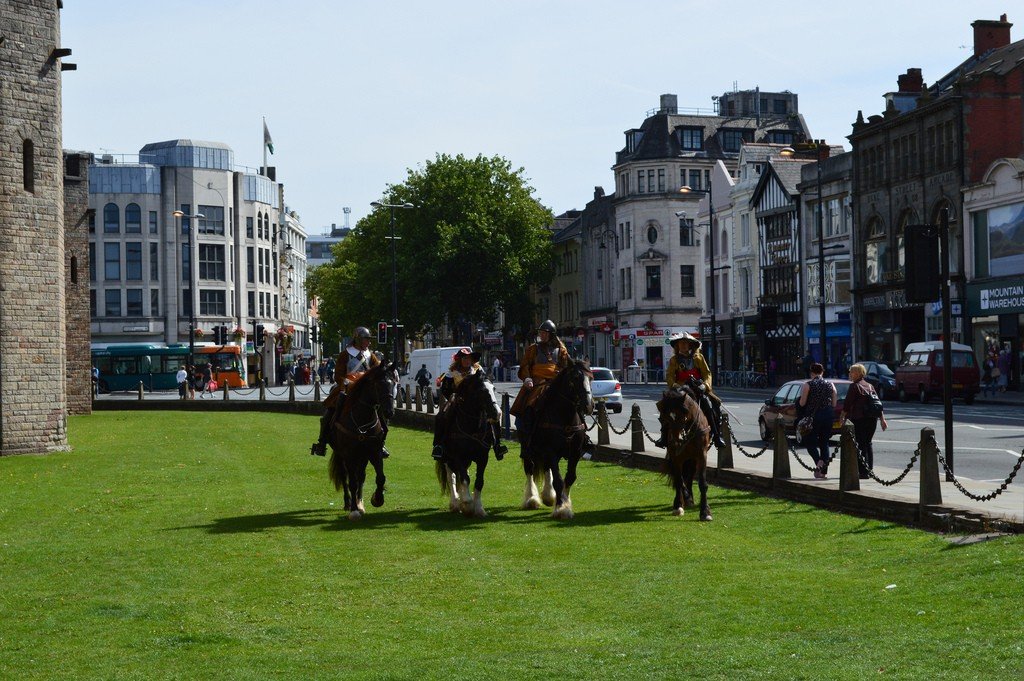
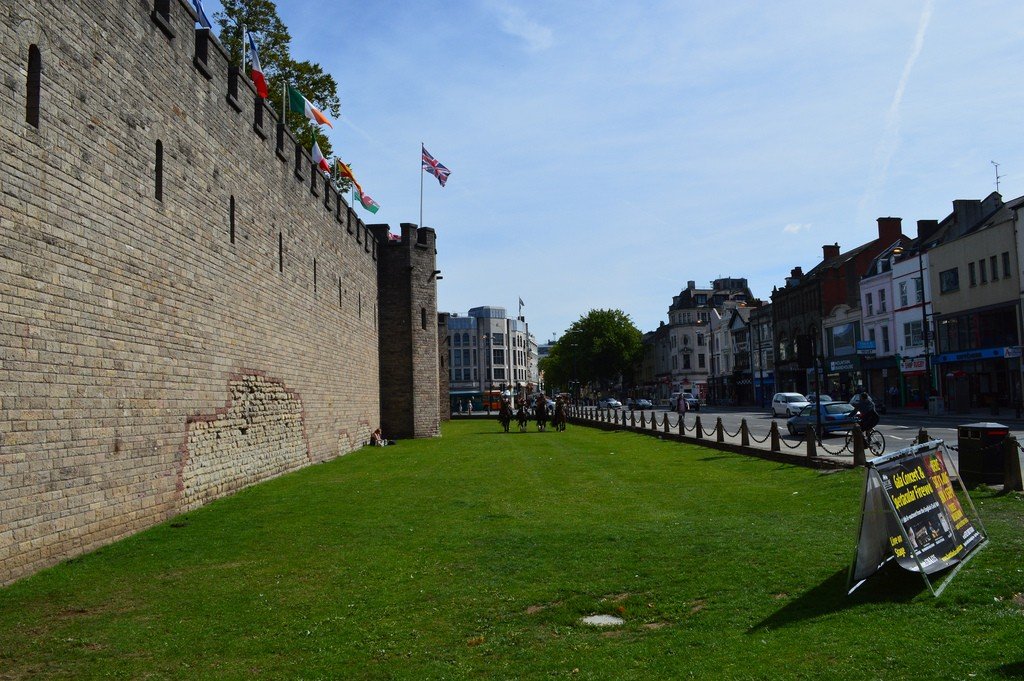
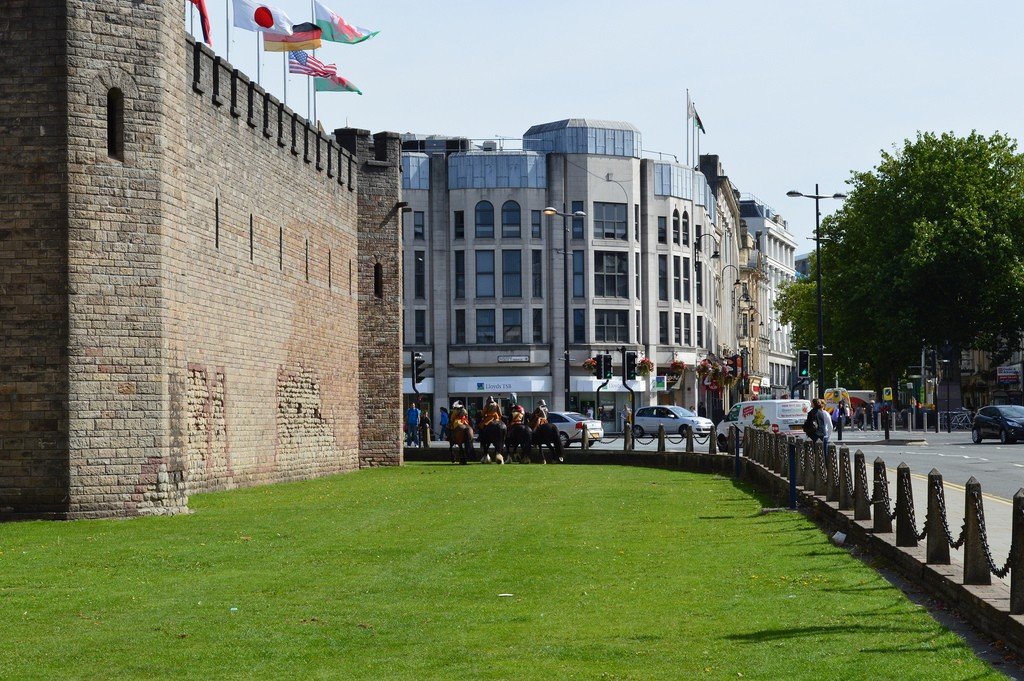
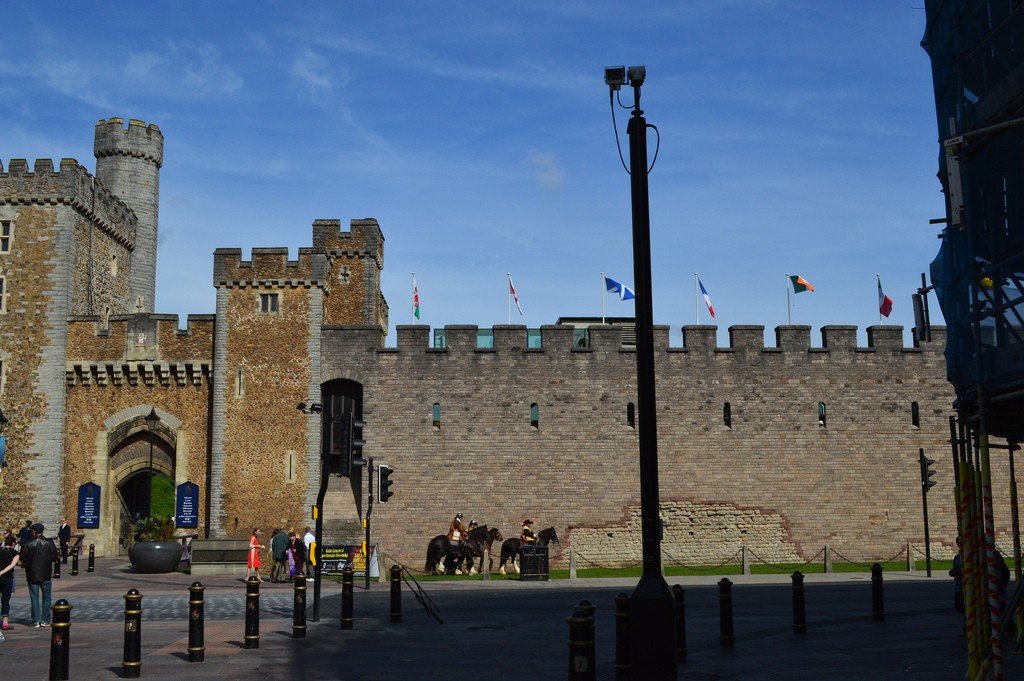
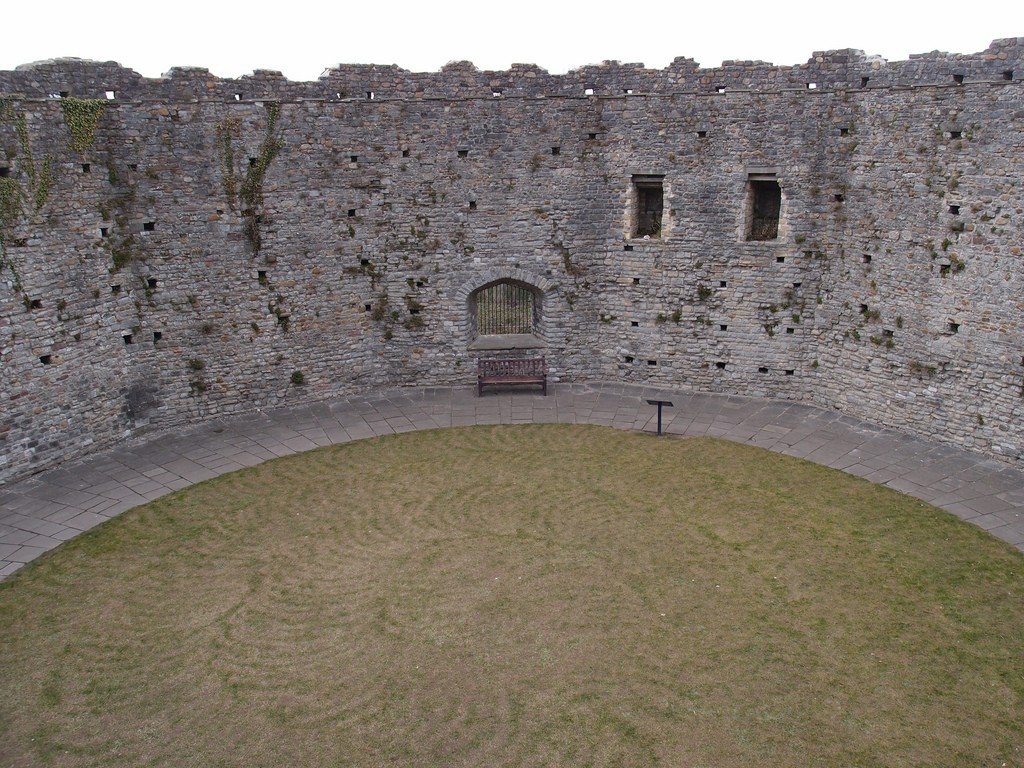
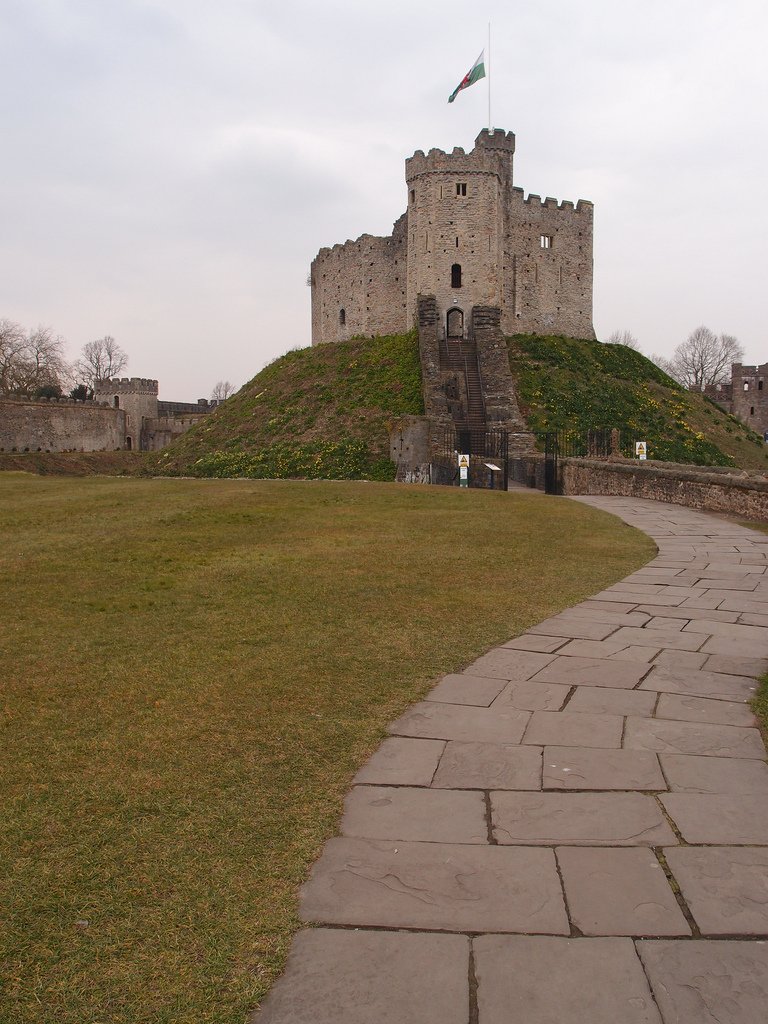
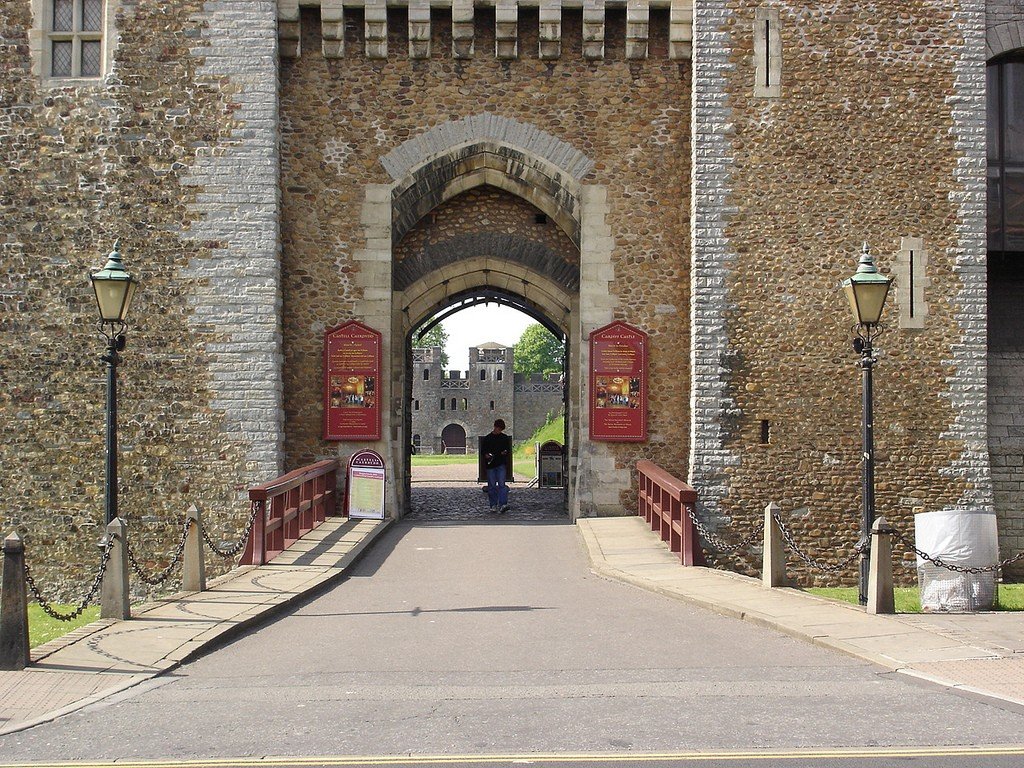
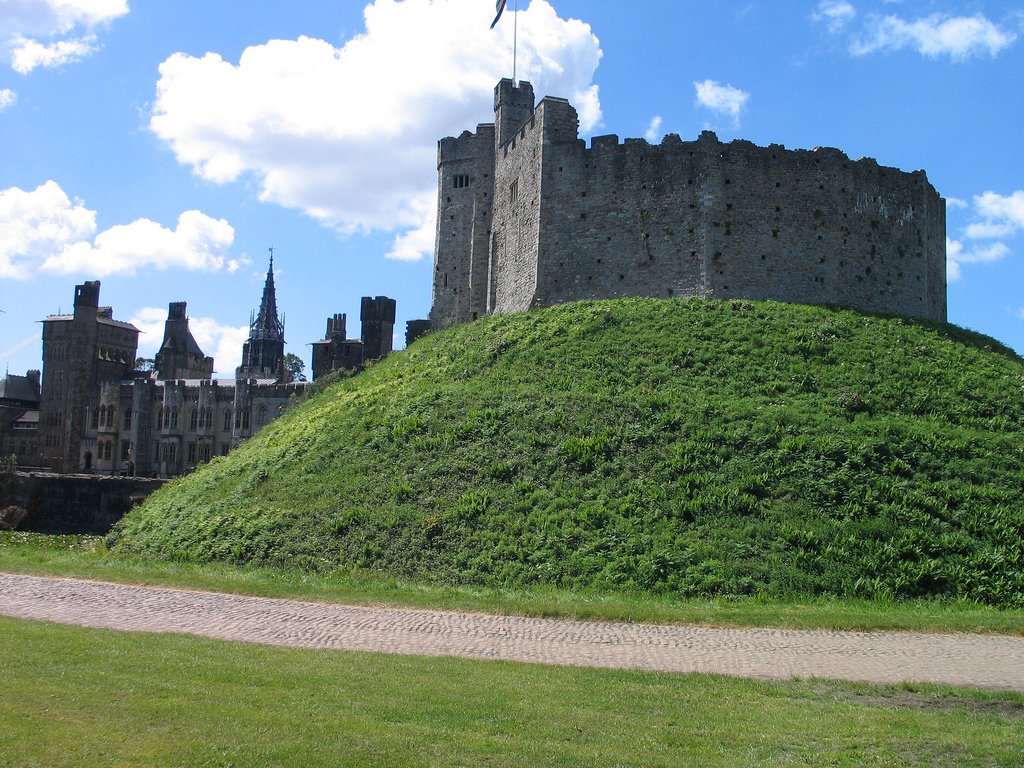
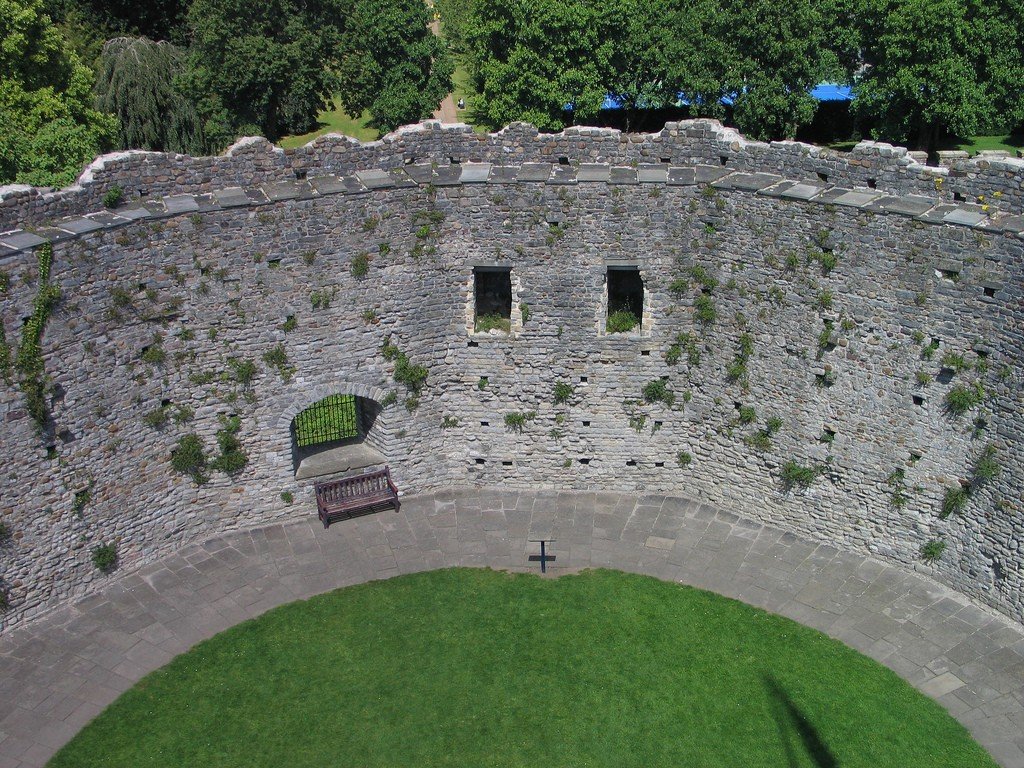
Video: Cardiff Castle
ContentsHighlights
Throughout its long history, Cardiff Castle has played the role of a city fortification and judicial institution. For many centuries it was owned by members of various noble families. The last owner, the Marquis of Bute, reconstructed the ancient fortress in neo-Gothic style, and in 1947 it was donated to the city.
.
Today Cardiff Castle is surrounded by a large beautiful garden, and inside it houses rich museum collections. Here you can see the luxurious interiors of the second half of the 19th century. The grounds also retain the wall of an ancient Roman fort.
Cardiff Castle offers individual and group tours, during which tourists are told about its notable owners – the Earls of Gloucester, Barons de Clare, Despensers, Beauchamps, Nevilles and Butes. There is a History Club and lectures for schoolchildren. Every year Cardiff Castle hosts jousting tournaments, festivals and concerts which attract many tourists from the UK and abroad.
.History of Cardiff Castle
The first fortifications on the site of the future Cardiff Castle appeared 2000 years ago. Roman soldiers entered South Wales in the first century AD, when the empire was ruled by Nero. In 250 AD, the Romans built a fort on the left bank of the Taff, near Bristol Bay. The fort had strong walls and for two centuries protected its owners from barbarians. It was one of four fortifications that controlled the approaches to the Roman possessions from the sea.
.
In the eleventh century, when the Normans ruled England, Robert Fitzhamon, Lord Robert Fitzhamon of the County of Gloucester, erected a new fort on the ruins of a Roman fortress and made it his residence. The fortification stood on an earthen hill and was surrounded by a stone wall with towers. Inside Cardiff Castle, the Norman lord’s family lived, and a garrison of soldiers was stationed..
From 1107, after the death of Robert Fitzhamon, the castle passed by inheritance from one noble family to another, until in the mid-19th century it was taken over by the Butes. Thanks to them, the old building was restored, rebuilt in the neo-Gothic tradition and preserved to this day. The reconstruction of the old building was carried out by the talented architect William Burges. He turned an ascetic military fortress into luxurious apartments.
.Castle Museum
The grounds of Cardiff Castle are open to tourists: from March to October from 9.00 am to 6.00 pm, from November to February from 9.00 am to 5.00 pm. The last visitors are allowed in one hour before closing time.
.After passing through the entrance gate, guests of the castle find themselves in the inner courtyard. This part of the castle was built in the XV century. In the rooms where the former owners lived, you can see intricate candelabras, antique furniture, colored stained glass, carved wood, as well as an abundance of marble and gilding. The castle library is very beautiful.
In the courtyard, in a spacious green meadow, a figure of a red dragon is set up. It marks the place where the Roman fort was located. Tourists can climb one of the donjons of the fortress and admire the streets of Cardiff and the Town Hall. The castle has a cafe open from 9.00am to 4.00pm and a gift store..How to get there
Cardiff Castle is located within the county of Glamorgan, in the Welsh capital city of Cardiff. From London, Cardiff can be reached in 3-3.5 hours by comfortable bus. From London’s Paddington Station to the Welsh capital in 2 hours by high-speed trains. A trip on regular trains takes a little longer because of the greater number of stops. Conveniently, the train station and bus station in Cardiff are close by.
.